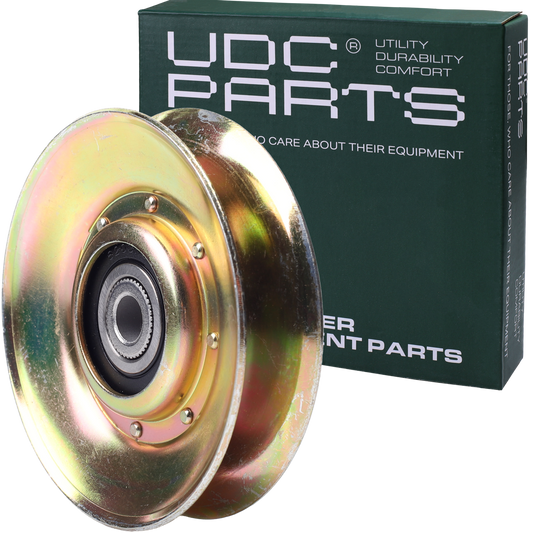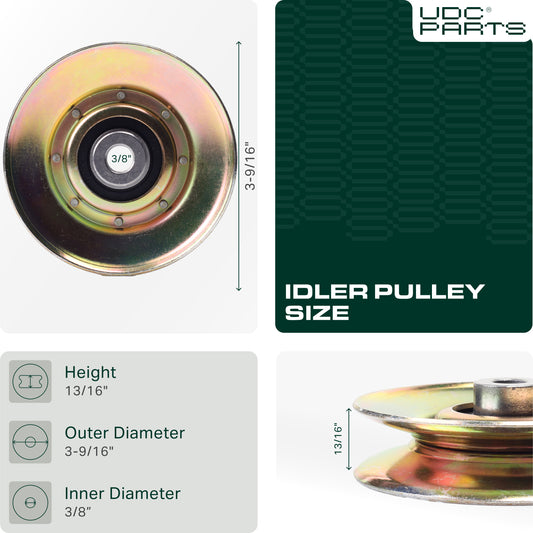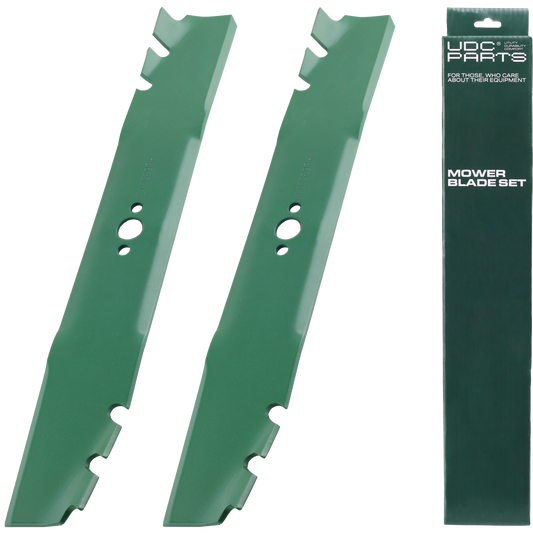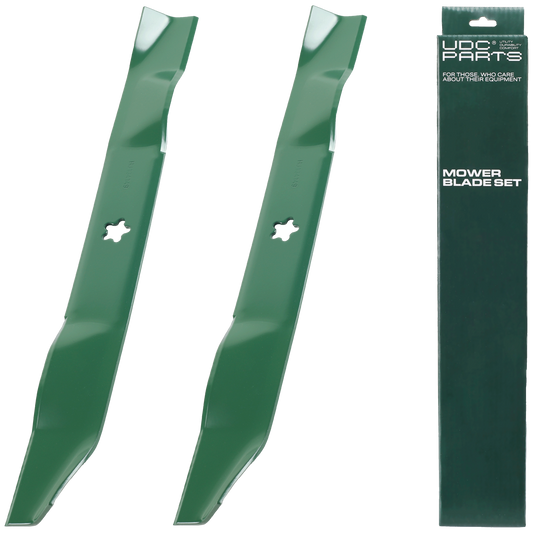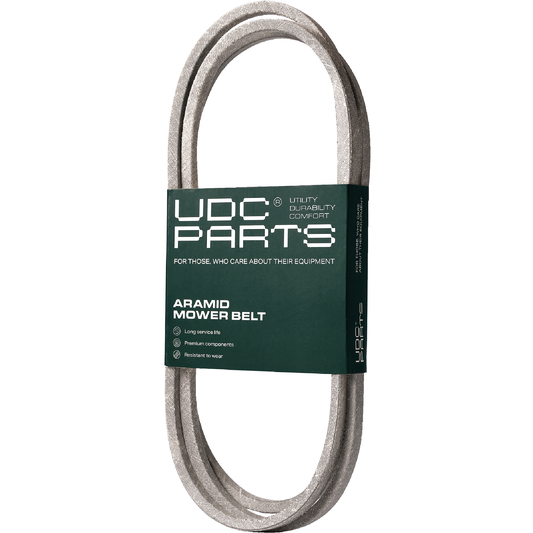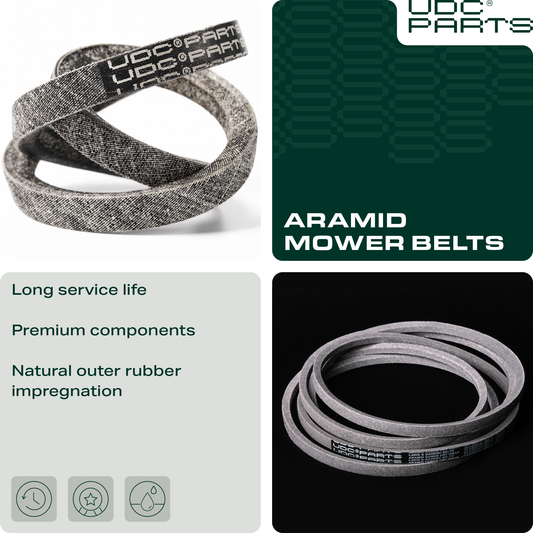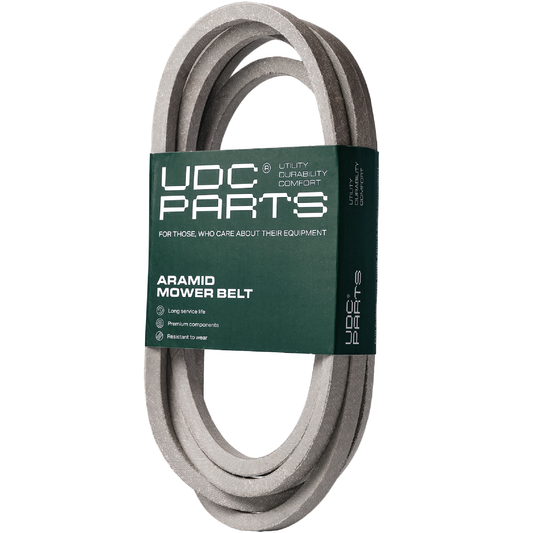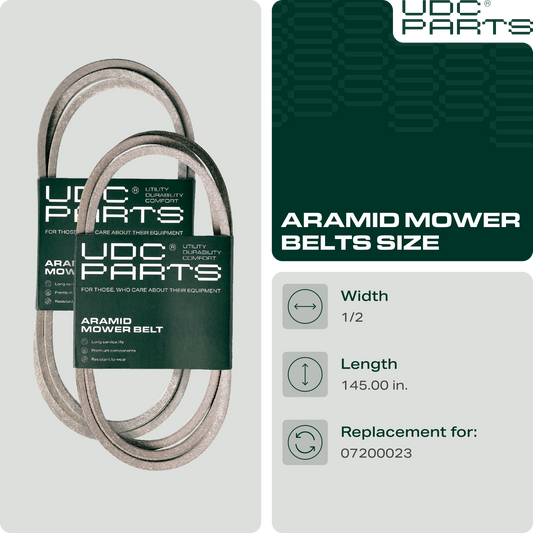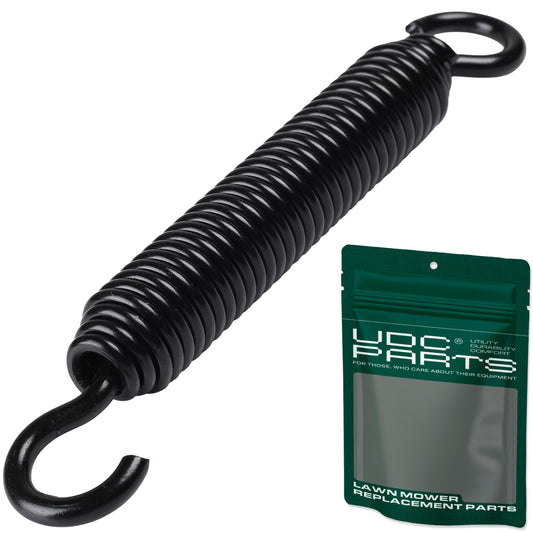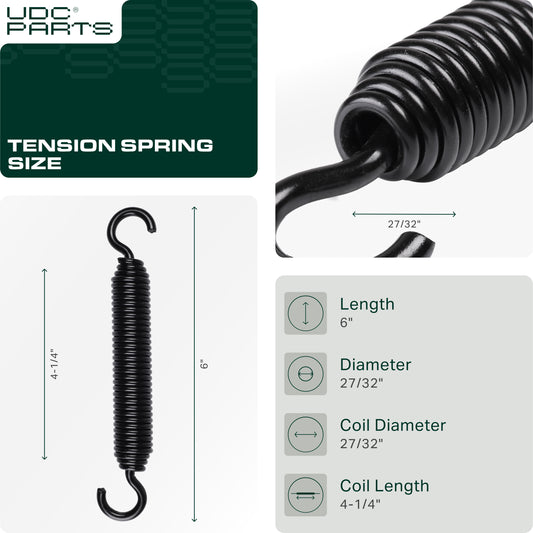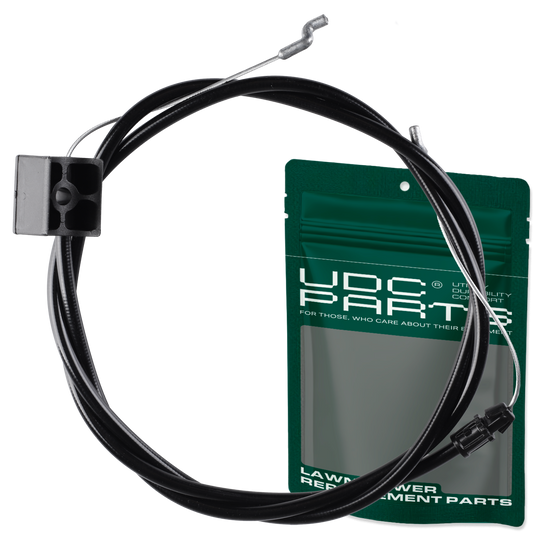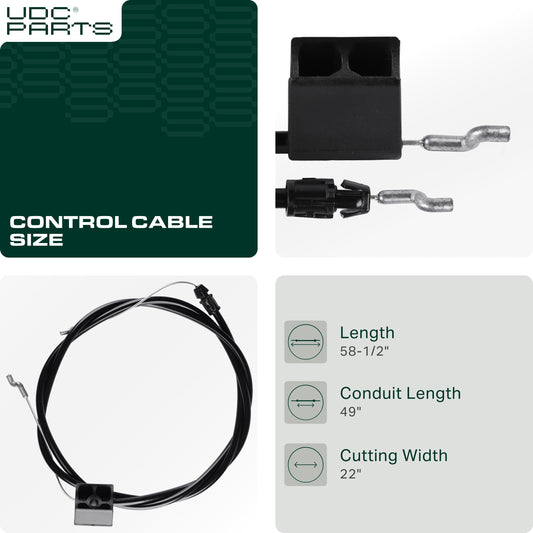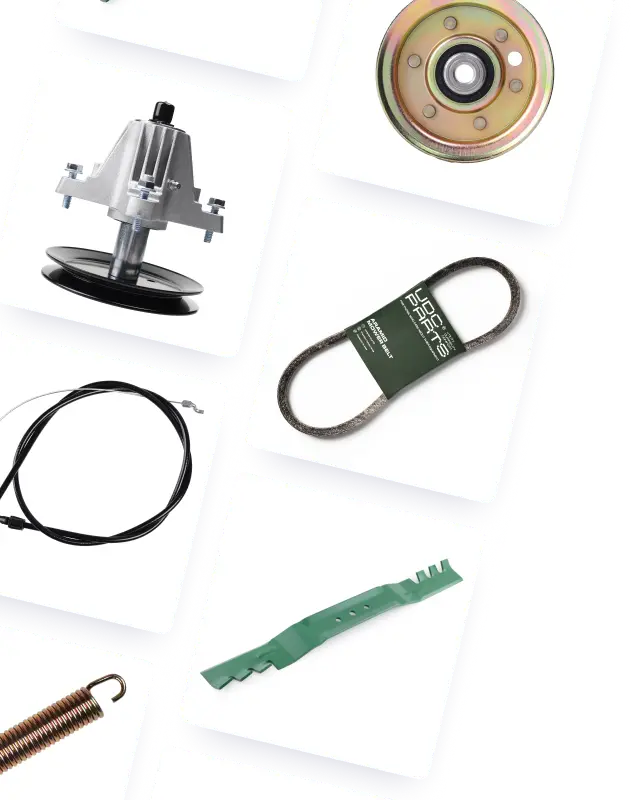
Various issues can lead to lawn mower troubleshooting, including something as simple as long periods of inactivity. Some problems can be resolved by swapping out a few parts, while others require more hands-on effort. Either way, there’s no need to stress. Even smoke coming from your mower isn’t a disaster—just a bump in the road. A few useful tips and a bit of practice, and you will know everything about riding lawn mower troubleshooting.
Common Lawn Mower Problems and How to Identify Them
Most lawn mower owners will only ever encounter around five common lawn mower problems. After all, we're not talking about top-secret NASA technology here; a lawn mower is a pretty simple machine. Still, you need to understand how it works and have a clear troubleshooting process for any situation.
Lawn Mower Won’t Start
Faced with the question: why won't my lawnmower stay running? Check the lawn mower by attempting to start it at least three times. If nothing happens, you'll need to diagnose five key components, which we'll discuss shortly. You can carry out the inspection and repairs yourself, but if the mower still won't start afterward, it's best to take it to a service center.
Mower Starts but Won’t Stay Running
In this case, the issue may also stem from one of many possible causes:
- dirty carburetor
- clogged air filter
- faulty spark plug
- bad fuel
- blocked fuel line
Here are the lawn mower issues that, in 99% of cases, prevent it from starting. We'll go into more detail about them below.
Unusual Noises or Vibrations
In this case, the issue may be related to the blades. If you recently sharpened them but improperly balanced them before installation, it could cause unwanted noises and vibrations.
Poor Cutting Performance
To fix this mower issue, focus on everything in the lower section. Check if excessive debris has built up on the deck and inspect the blades to ensure they’re still sharp.
Smoking or Overheating Engine
Don't panic—smoke coming from your lawn mower could be caused by one of the common lawn mower problems. It can even come in different colors.
- Blue or white smoke usually means oil has made its way into the engine, so checking the oil reservoir is a must.
- Black smoke often indicates that the carburetor isn't receiving enough air, likely due to a clogged or faulty air filter that requires cleaning or replacement.
Troubleshooting Steps for Lawn Mower Starting Problems
These steps will usually get your lawn mower back up and running quickly. However, don’t forget that this type of equipment requires regular care and maintenance, including preventive upkeep. Only with this approach can you prevent lawn mower engine problems.
Check the Spark Plug and Ignition System
Your main task with the spark plug is to remove it and check whether it's dry or wet. Before proceeding, it's recommended to disconnect the mower from the power source completely. You'll also need a special screwdriver for the job. Once removed, the spark plug’s condition can offer valuable insight into the mower’s overall health. For instance, a dry plug may indicate serious carburetor issues.
If the spark plug is wet but the mower still won't start, proceed to check the ignition system. A spark tester can be incredibly helpful in this case.
- Connect the tool to the spark plug wire and attach its alligator clip to the muffler.
- Start the mower briefly—this will allow you to see whether a spark is being generated, which is crucial for proper operation.
A lack of spark can indicate one of the more common lawn mower starting problems.
Inspect the Fuel System and Air Filter
Inspect the fuel level in the tank. Move the mower slightly to get a sense of whether there’s fuel inside. However, even if you hear something sloshing, the liquid might no longer be suitable for use. To extend the lifespan of the fuel, consider using stabilizers—they can keep the mower in working condition even if it sits unused for up to a year.
The air filter is another crucial component that protects the engine from debris. However, when it accumulates too much grass clippings and dirt, the engine struggles to get enough air and essentially suffocates. Since the air filter is a consumable part, it should always be kept clean and replaced regularly. Foam filters can be washed, while paper filters require replacement.

Examine the Carburetor for Clogs
Sometimes, the carburetor can absorb too many chemicals and fuel vapors. While you can clean it yourself, removing it from the mower requires specific technical skills and tools. For beginners, we recommend leaving this task to a professional.
Fixing Common Lawn Mower Issues with Aftermarket Parts
Every lawn mower has consumable parts. Don't hesitate to replace them at the first signs of wear. And there's no need to order them exclusively from the mower's manufacturer—you have plenty of options.
When and How to Replace Mower Belts
There’s no set timeframe for belt replacement—it usually ranges from one to a couple of years. However, if you hear unusual noises or notice a loss of power, it's time for a change.
Mower troubleshooting this issue is straightforward. Follow the instructions in the manual for correct replacement. Remember, belt tension is critical both when removing and installing a new one. Loosen it during removal, and double-check the tension after installing the new belt to ensure it functions.
Signs You Need New Mower Blades
The quality of the cut is the first indicator that your mower blades need attention. If the results are unsatisfactory, it's time to inspect them. Other signs to watch for include frequent stalling, especially when tackling thicker patches of grass.
Choosing the Right Replacement Parts for Your Engine
When it comes to fixing a lawn mower, you need a reliable partner. A store where you can find any spare parts, delivered straight to your doorstep within just a few days, and enjoy significant discounts when purchasing two or more items. That’s what UDC Parts is all about.
We offer high-quality aftermarket products with a warranty and are always available to help answer any questions you may have. Let us make your lawn mower repairs easier and more affordable.
Preventive Maintenance to Avoid Future Mower Problems
A lawn mower should always be kept clean, and that applies to every single component. Ever been in a situation where your lawn mower stopped working? Regular replacement of the air, fuel, and oil filters, as well as regular oil changes, will help maintain its condition. Be sure to ramp up equipment inspections before and after the mowing season.
Well, it looks like you now have all the information you need on how to fix a lawn mower that won't start—wishing you effortless mowing ahead.





